Name Valentin Tomberg | ||
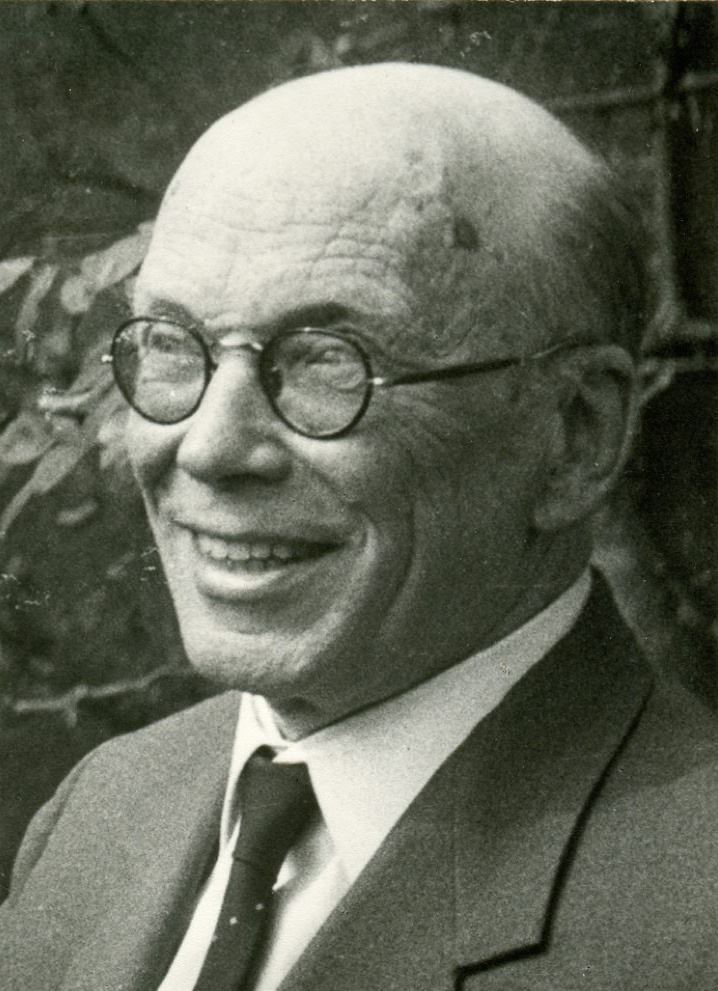 | ||
Died February 24, 1973, Majorca, Spain Books Inner Development: 7 Lecture, Studies on the Foundati, Lazarus - Come Forth!: Me, Russian Spirituality and Other, Christ and Sophia | ||
'Valentin Arnoldevitch Tomberg (February 27, 1900 – February 24, 1973) was an Estonian-Russian Christian mystic, polyglot scholar and hermetic magician. T. H. Meyer and other Anthroposophists claimed that Tomberg was the 20th Century incarnation of the boddhisattva who will in time incarnate as the Maitreya Buddha.
Contents
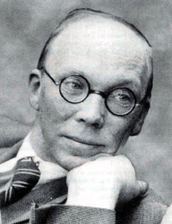
Early life
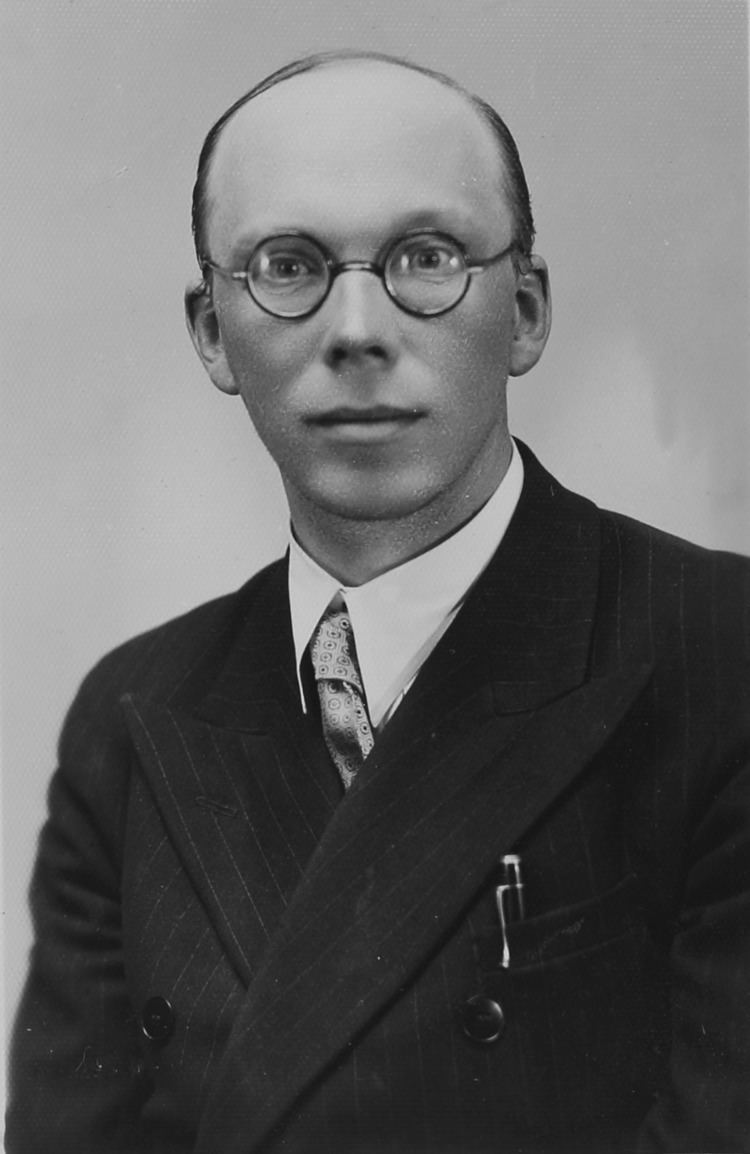
Valentin Tomberg was born on March 11, 1900 (February 27 in the Old Russian Julian calendar) in St. Petersburg, Russia. His parents were Lutheran, the mother was a Russian and the father an Estonian of German origin, he was an official in the Tsarist government. As an adolescent, Tomberg was drawn to Theosophy and the mystical practices of Eastern Orthodoxy. In 1917 he was initiated into Hermetic Martinism by Prof. G. O. Mebes. He also discovered the works of Rudolf Steiner. In 1920, Tomberg fled with his family to Tallinn in Estonia, where, searching for his mother who had left the house, he discovered her with her dog tied to a tree, both shot by revolutionaries. Tomberg worked as a nurse at a hospital, in a pharmacy, on a farm and in the Tallinn Central Post Office. He studied languages and comparative religion at the University of Tartu in Estonia.
Career
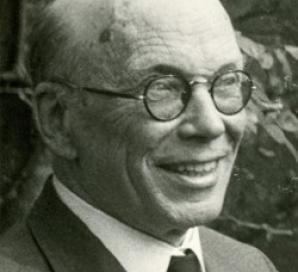
In 1925, Tomberg joined Rudolf Steiner's Anthroposophical Society. He married Maria Demski, a Polish Catholic, in the early 1930s; they had a son, Alexis. During the 1930s, Tomberg, then in his 30s, published his original occult research in a number of articles and lectures, which made him a controversial figure in Anthroposophical circles. As a result of the controversies, in 1938 the Tombergs were invited to move to Amsterdam. In 1940, however, he was asked to withdraw from the Anthroposophical Society in the Netherlands as well, by its chairman Zeylmans van Emmichhoven, due to his being too controversial.
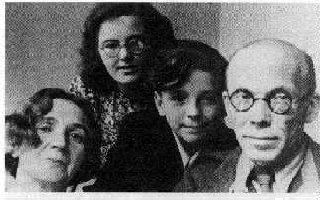
He was active in Dutch anti-Nazi resistance by hiding allied pilots and parachutists. Tomberg and a Russian friend, the poet-philosopher Nikolai Belotsvietof, allegedly approached the leader of the Christian Community, Emil Bock about creating a new ritual focusing on Sophia, but were rebuffed. He then joined the Russian Orthodox Church in the Netherlands but left shortly thereafter, as its leadership turned out to be sympathetic to National Socialism.
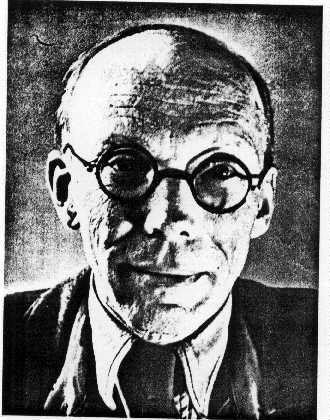
Towards the end of World War II, Tomberg received a Ph.D. in Jurisprudence from the University of Cologne, where he had moved in 1944. He studied under Prof. von Hippel, who became a personal friend. His thesis was published as Degeneration and Regeneration in the Science of Law, followed by the thesis Peoples' Rights as Humanity's Rights in 1946. Around this time, he converted to Roman Catholicism.

Shortly after the war he helped founding a community college in the Ruhr area. In 1948, however, he moved to England, where he became a translator for the BBC, monitoring Soviet broadcasts during the Cold War at BBC Caversham Park. He retired early, in 1960, to the suburbanized village of Emmer Green, not far from Reading, where he worked on the manuscripts for his main work, written in French and entitled Méditations sur les 22 arcanes majeurs du Tarot (Meditations on the Tarot in English).
Death
He died on a holiday in Majorca. Two weeks later his wife and collaborator Maria died as well. A Dutch or German rough translation of the manuscript to Méditations sur les 22 arcanes majeurs du Tarot was circulated in the Netherlands against Tomberg's intentions a year before his death, but was only formally published in 1984.
Published works
Tomberg's major written works were published posthumously. They include:
